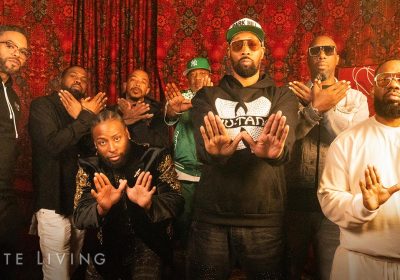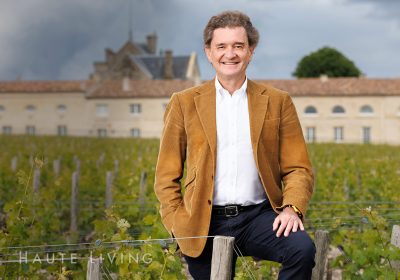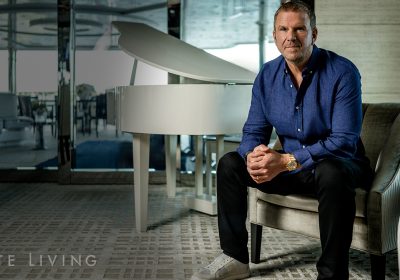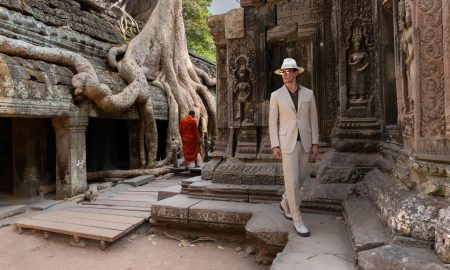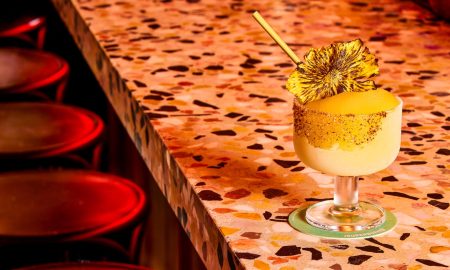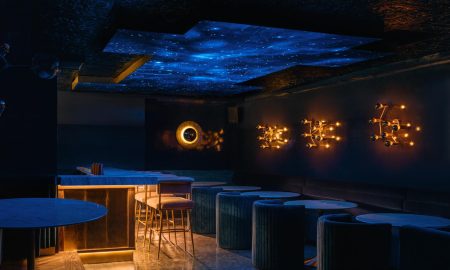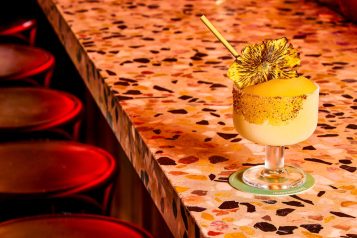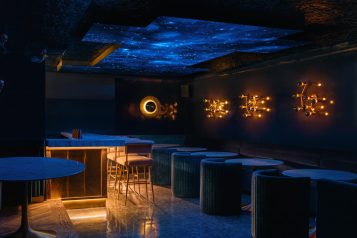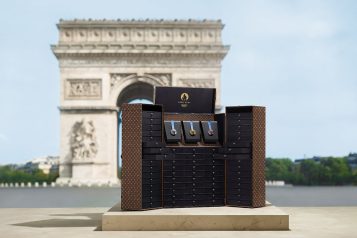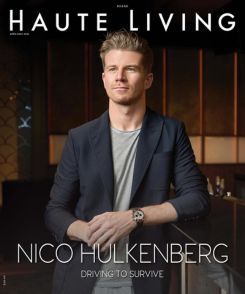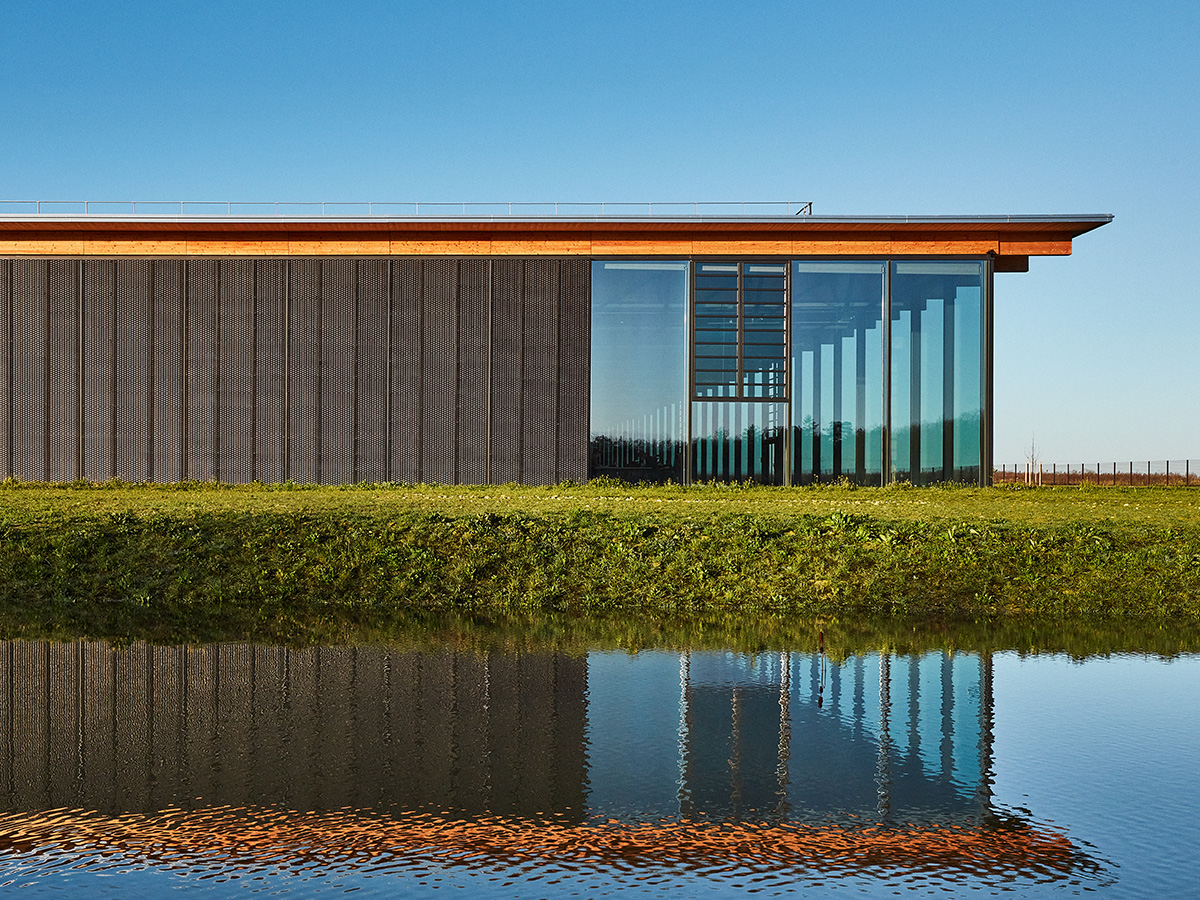
Photo Credit: Courtesy of Louis Vuitton
Intentional Design: Oratoire, Louis Vuitton’s new atelier in loir-et-Cher, France, is setting a new industry standard in eco-design.
To be a modern luxury brand, one must adapt to the surrounding environment and evolve. Thus, in February 2022, Louis Vuitton opened its doors to the new, groundbreaking fine leather atelier, Oratoire. A testament to the Maison’s unwavering commitment to conscious design, circular creativity, and sustainable practices, Oratoire’s bioclimatic design is an industry first — the first industrial eco-building of its type in France, and the most energy-efficient Louis Vuitton site in the world to date.
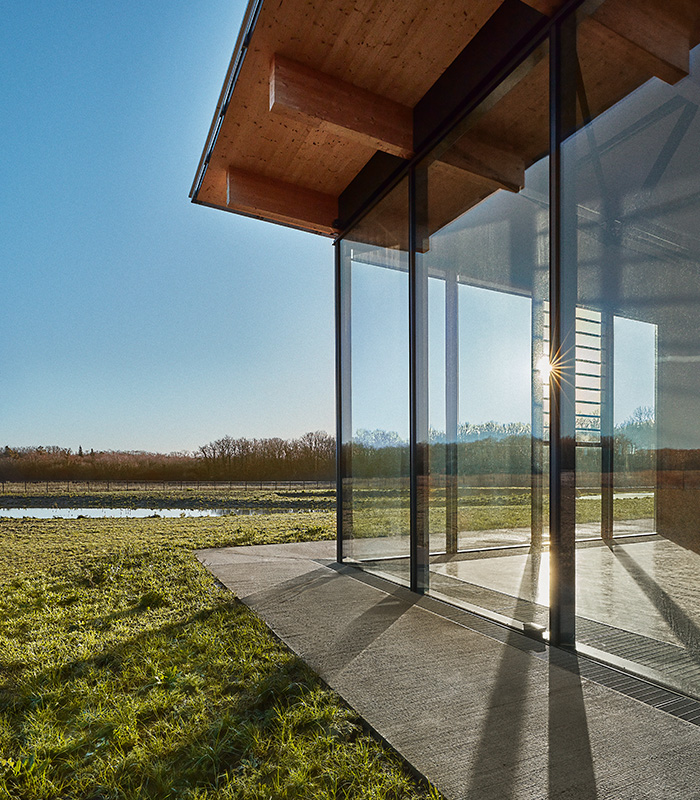
Photo Credit: Courtesy of Louis Vuitton
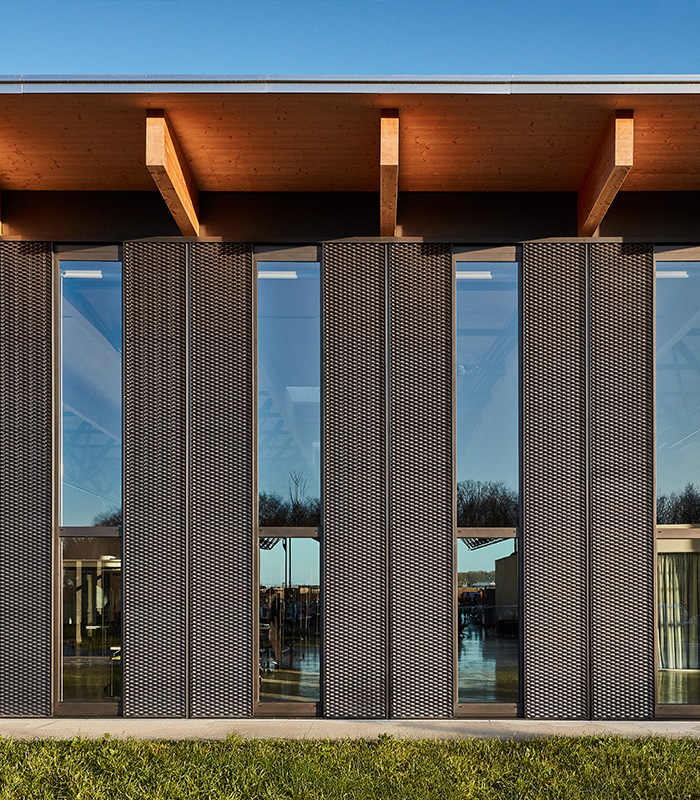
Photo Credit: Courtesy of Louis Vuitton
Without sacrificing Louis Vuitton’s keen eye for architectural design, the stunning Oratoire structure is made from FSC (Forest Stewardship Council) certified wood, ensuring there is sustainable management of the forests it comes from, as well as 100 percent recycled metal. The Oratoire atelier has accomplished sustainable technical feats within the design by focusing on the insulation and orientation of the site, as well as consciously choosing the appropriate materials to conserve heat or cool the air, and strategically implementing natural ventilation techniques to halve the site’s energy consumption in comparison to the existing Louis Vuitton ateliers. Calling upon natural resources, there is a weather station and temperature sensors that activate louvers on the façade, and the use of natural light helps reduce electricity consumption.
From the inside out, the Oratoire atelier represents the Maison’s perseverance in making strides in eco-conscious design.

Photo Credit: Courtesy of Louis Vuitton
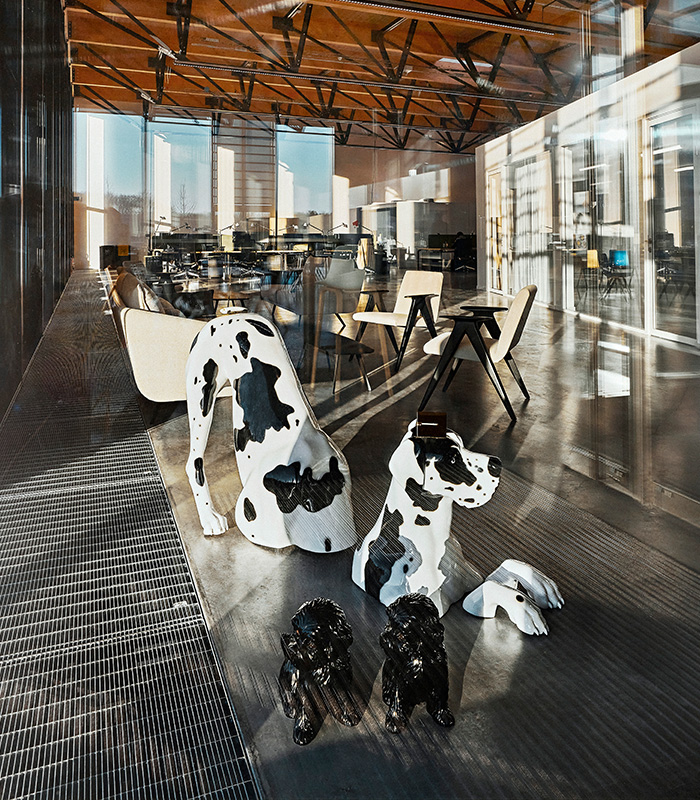
Photo Credit: Courtesy of Louis Vuitton
Setting a new precedent for the next generation of ateliers, Oratoire has proven that sustainable architecture is the future — even in the most demanding ateliers like Louis Vuitton, with its uncompromising commitment to high-quality craftsmanship. The Maison’s approach to the concept has been a continuous learning experience, with constant improvements being made as they hold themself to the high standards of worldwide environmental certifications, such as HQETM, LEED,® and BREEAM.®
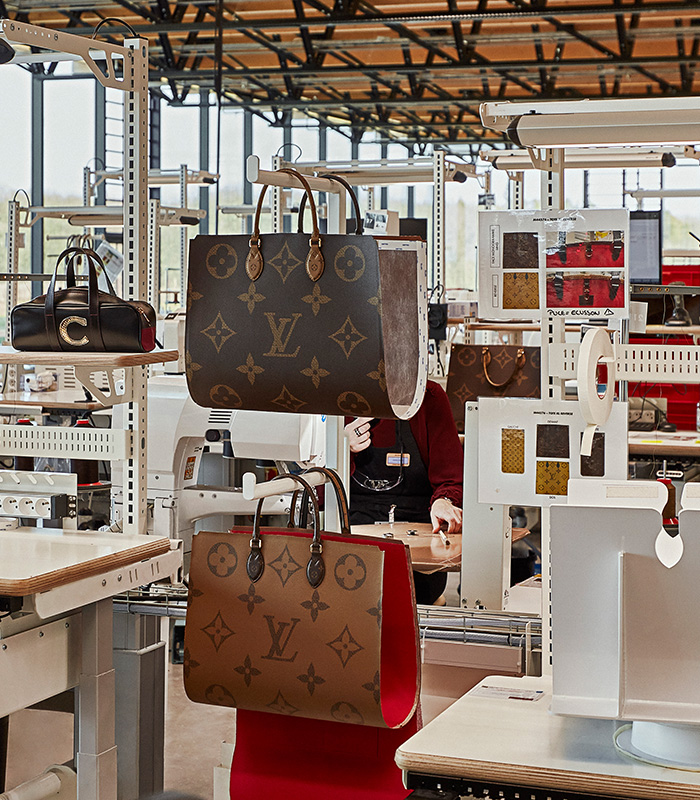
Photo Credit: Courtesy of Louis Vuitton
Sustainability in Louis Vuitton transcends the Oratoire atelier. In fact, the Maison eco-designs events, exhibitions, and boutique merchandising windows reduce the environmental footprint of runway shows. Most recently, the brand launched a new iteration of the LV trainer made of 90 percent recycled and bio-sourced materials. Another eco-design feat created by the late Virgil Abloh, the new LV trainer is adorned with the signature ‘Sustainable Development’ logo.
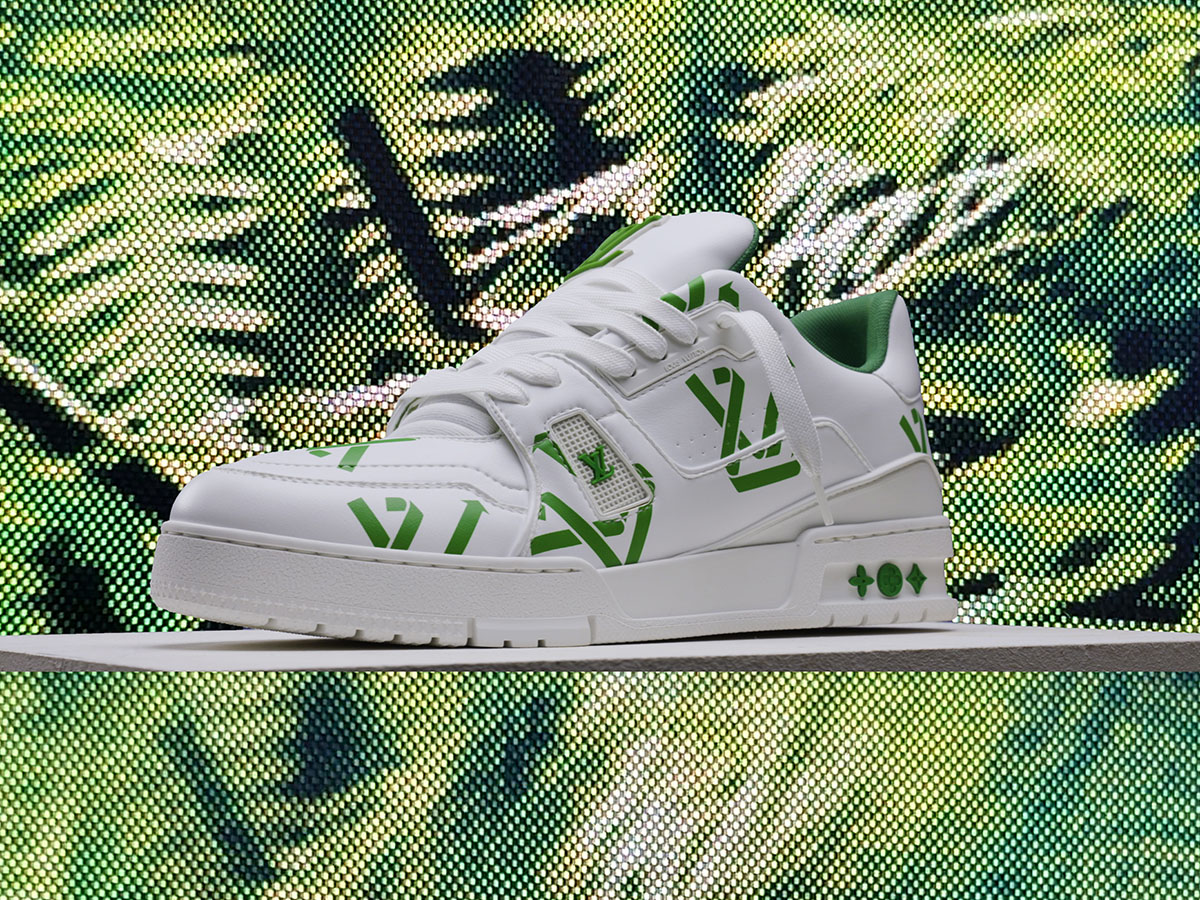
Photo Credit: Courtesy of Louis Vuitton
Impressively, by 2025, Louis Vuitton has committed to 100 percent reuse or recycling of all event and window materials, as well as 100 percent renewable energy in production and logistics sites and 100 percent LED lighting to be implemented in all boutiques. There’s no denying that Louis Vuitton is at the forefront of a rapidly evolving industry — an industry that desperately needs to look inward with regard to sustainable practices — and through its sustainable development plan, the Maison has pledged to preserve natural resources and create a positive impact on society.




